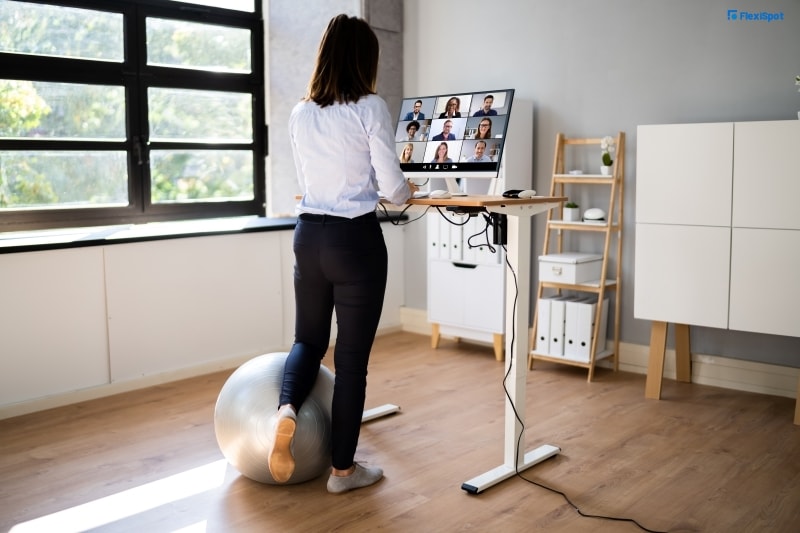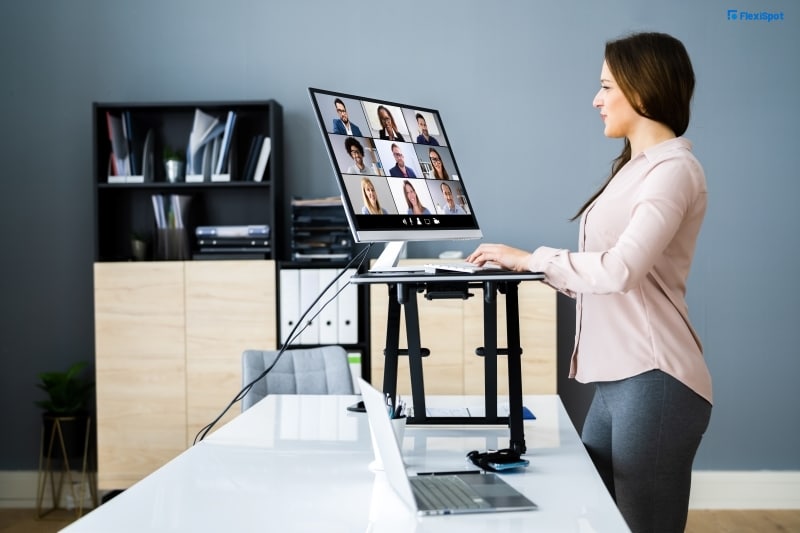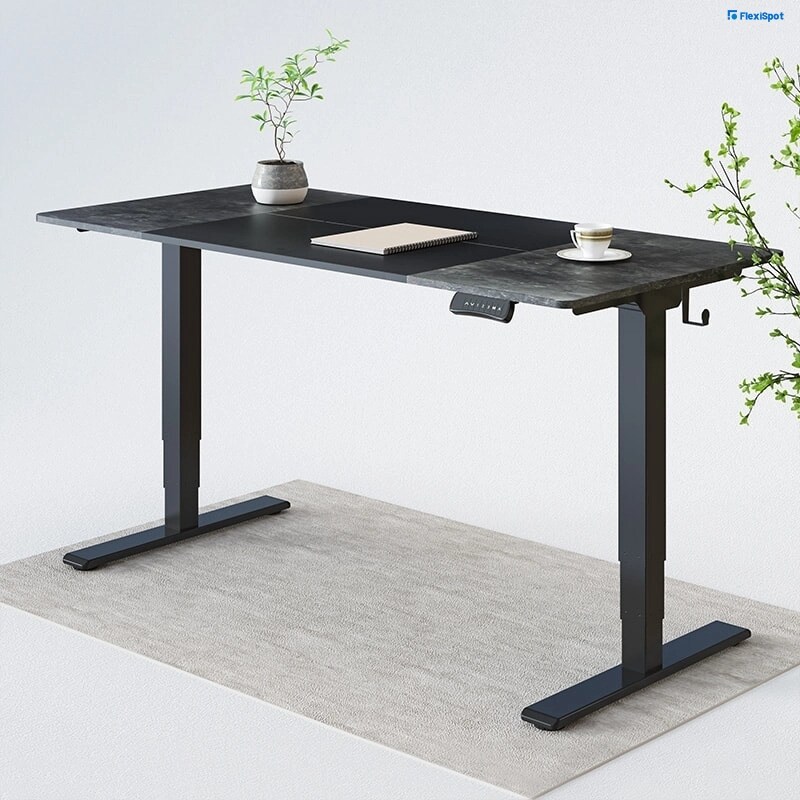Ah, the beauty of working from home - snoozing in, skipping the dreaded morning commute, and getting to work in your coziest pajamas. But hold your horses, there's a catch! To truly live the WFH dream, you've got to ensure that your home office is not only functional and comfortable but also ergonomic. Unfortunately, too many of us overlook the latter, turning our home offices into a potential health hazard. But worry not, dear reader! In this piece, we'll not only help you identify ergonomic disasters lurking in your home office, but we'll do so in a way that's personable, captivating, and, dare I say, witty.
Let's begin by defining what ergonomics includes. In essence, it's the skill of designing a workspace that accommodates employees' demands rather than the other way around. You can work more efficiently, with little discomfort and fewer injuries, by doing this. On the other hand, a workstation that is not ergonomically designed might result in a number of musculoskeletal disorders, including tendinitis, carpal tunnel syndrome, and even back discomfort. So how can you know whether your home office is a ticking ergonomic time bomb?

Assessing your workstation should be the first thing you do. What height is your desk set at? When you're typing, keep your wrists straight and your arms parallel to the floor. When you reach up to type if your desk is too high, you run the risk of injuring your neck and shoulders. Your back may hurt if your desk is too low and forces you to stoop over. Slouching might also result from a chair that is excessively low, which can hurt your back. Decide what height your desk and chair should be.
Now, let's talk about the necessity of standing desks. Simply said, sitting all day is terrible for you. It can result in a variety of health issues, including diabetes, heart disease, and obesity. Standing desks have grown in popularity recently because of this. You can work while standing up, which can increase your calorie burn, enhance your posture, and lower your chance of developing chronic illnesses. However, standing workstations are not a miracle cure. To reap the rewards, you must nevertheless utilize them correctly.

Always position your computer screen at eye level while utilizing a standing desk. If it's too low, your neck may ache from spending the entire day gazing down. A shoulder ache can also result from craning your neck up if it is too high. Your arms should be at a 90-degree angle and at elbow height when using the keyboard and mouse. When you reach up to use your keyboard and mouse because they are too high up, you run the risk of injuring your neck and shoulders. You'll be hunching over if they're too low, which might hurt your back.
Not everyone, however, has an inclination in using a standing desk. When they stand for an extended period of time, some people report feeling fatigued or achy. Since you might need to rest your feet from time to time, it's crucial to have a chair or stool accessible. Utilizing an anti-fatigue mat may also be an option since it will cushion your feet and lessen fatigue.
Let's talk about one of the biggest culprits of discomfort and eye strain: poor lighting. Too dim or too bright and you're in for a world of hurt. A little tip to avoid this: mix up natural and artificial light in your workspace and avoid positioning your monitor in front of a window or a bright light source to prevent any glare.

Now, onto the fixes! Lucky for you, most ergonomic disasters can be solved with a few simple adjustments. For instance, if your desk is too high or low, you can use risers or a different chair. Too low of a seat? Add a cushion or pillow. For keyboard and mouse problems, use an adjustable tray or a standing desk converter to raise or lower them. And if you're standing at your desk, don't stay in one position too long. Mix it up and use a balance board or wobble stool to engage your muscles and improve posture.
Lighting still a problem? Try adding a desk or floor lamp, or adjust the brightness and contrast of your screen. And most importantly, take regular breaks to stretch, move around, and give your eyes a break from the screen. Use a timer or productivity app to remind you to take a breather.
In conclusion, your workspace doesn't have to be a health hazard! Keep these tips in mind when setting up your home office: pay attention to the height of your desk and chair, mix up your lighting, take breaks, and add some personal flair to your workspace. Happy (and healthy) working!

We Recommend: EP4 Seiffen Laminated 4-Spliced Standing Desk
Are you ready to take your workspace to the next level of style and utility? Look no further than the EP4, the ultimate synthesis of form and function. With its powerful dual-motor lifting system, the EP4 can effortlessly lift up to 220 pounds to a height range of 25" to 50.6". And don't worry about disturbing your coworkers with noisy lifting - the EP4 rises and lowers at a quiet rate of around 1.4" per second, with noise levels below 50 dB.
Safety is also a top priority with the EP4. Its anti-collision mechanism ensures that the desk halts instantly when it encounters any barriers, preventing accidents and damage. Plus, you'll never have to worry about cluttering up your workspace, thanks to the pair of two desk hooks and cable management tray that come with the EP4. Hang your purse, jacket, headphones, and chargers on the hooks, and keep your cables and wires organized with the tray.
Need to charge your devices? The EP4 has got you covered with its easy USB charging port, making it convenient to keep your devices charged and ready to go. And with a spacious desktop made from environmentally friendly materials, you'll have plenty of room for all your desk essentials, including your desktop, documents, laptop, and other accessories.
So why settle for a boring, unremarkable desk when you can have the EP4? Elevate your workspace to new heights with this sleek and functional desk that's sure to impress.
